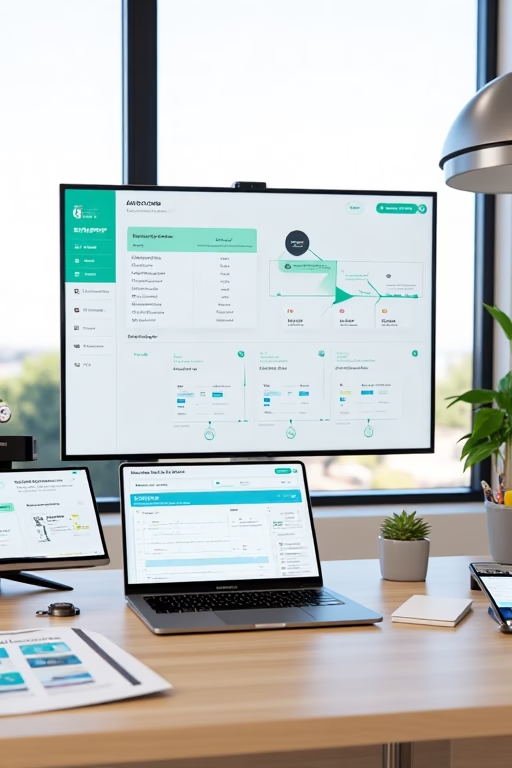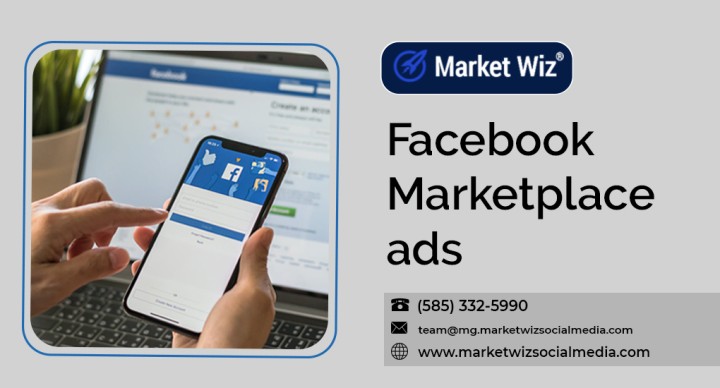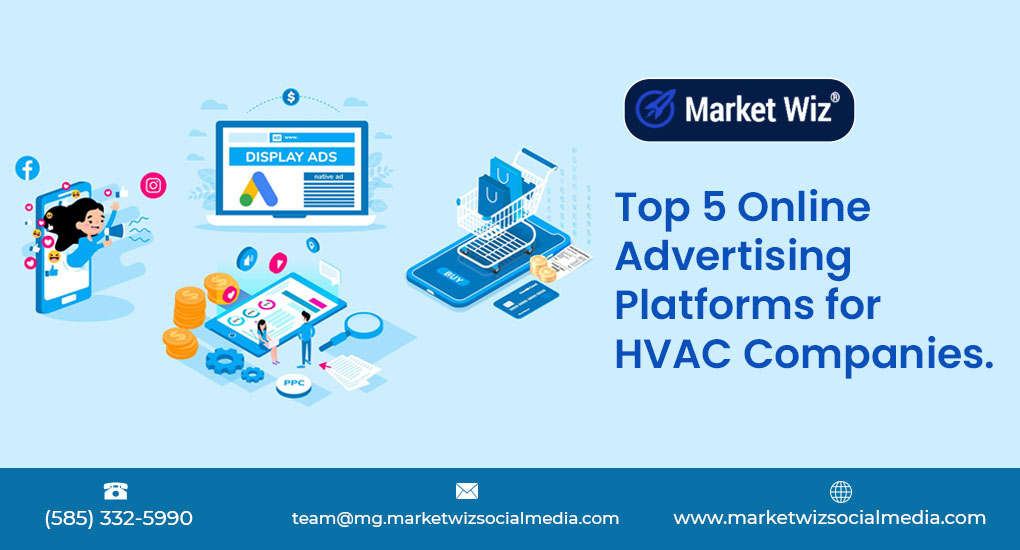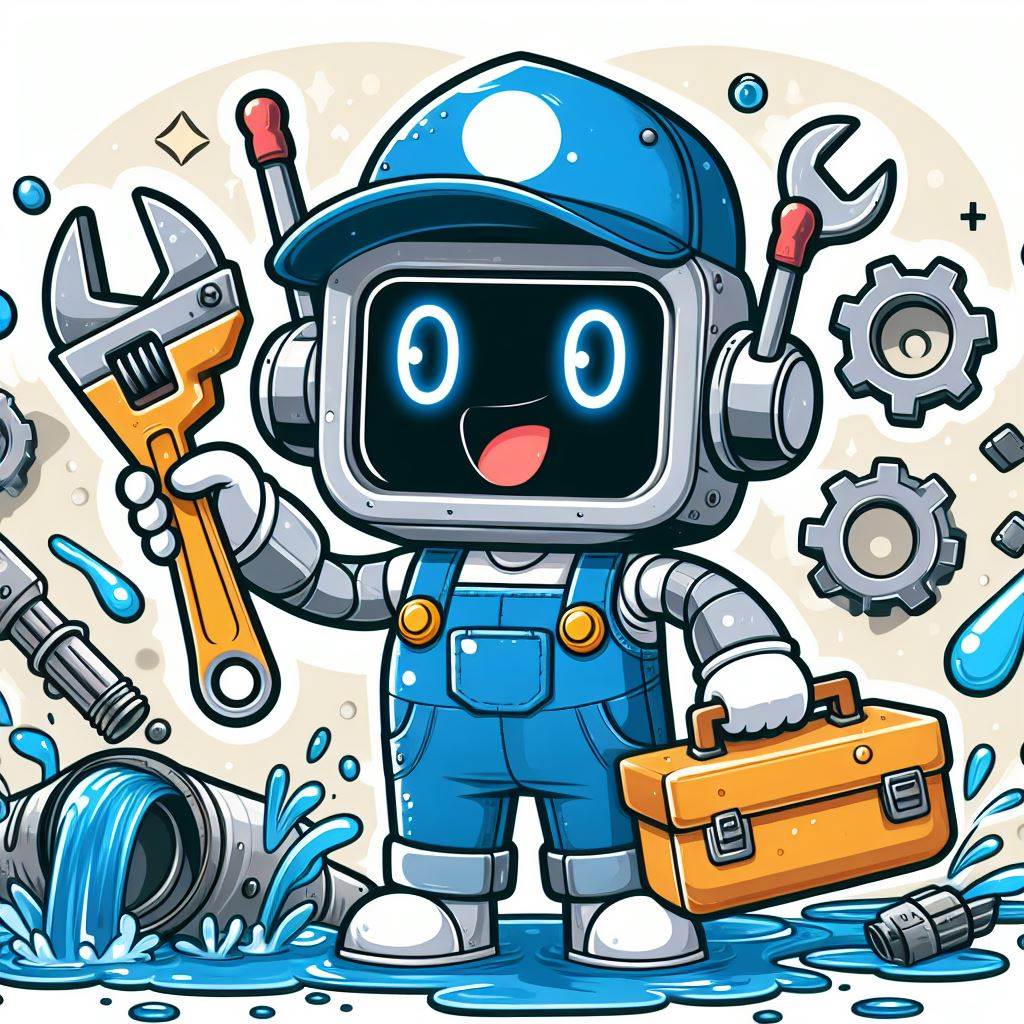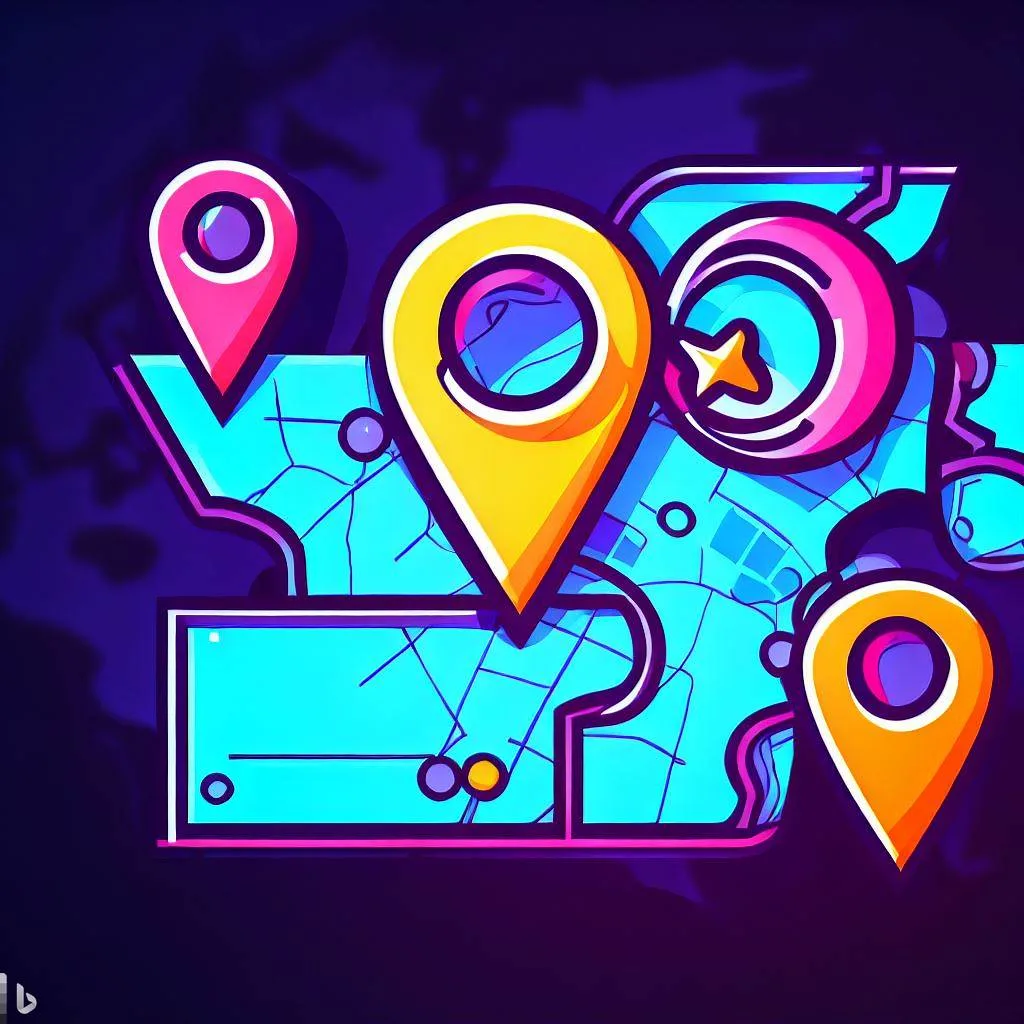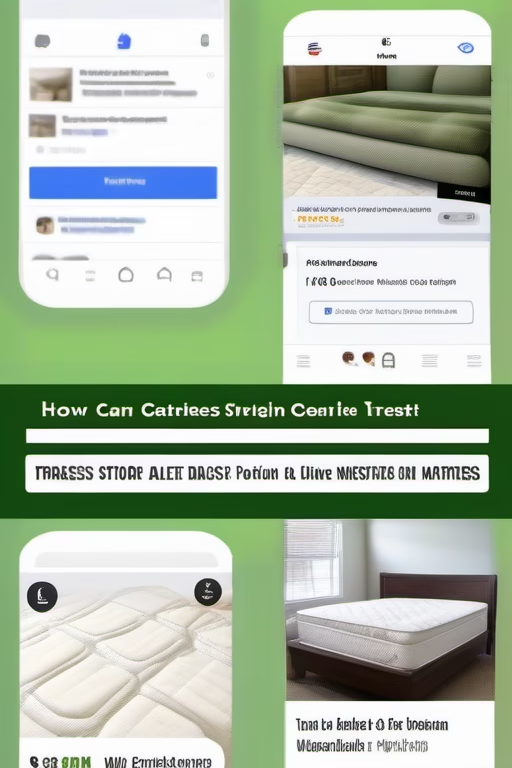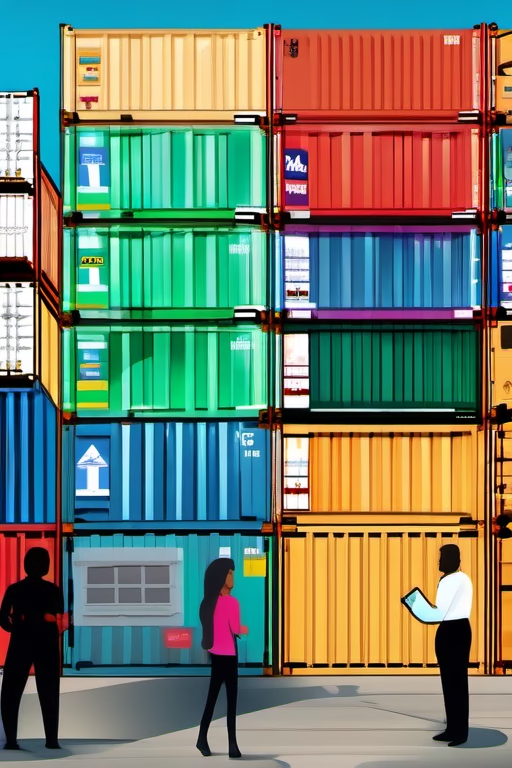How to Never Miss a Lead Again (AI + CRM)
Never Lose Opportunities with Smart Automation by Market Wiz AI
Table of Contents
- Introduction: How to Never Miss a Lead Again (AI + CRM)
- 1. Understanding AI + CRM Synergy
- 1.1 What Does AI + CRM Mean?
- 1.2 Common Lead Leakage Points
- 1.3 Benefits of AI-Enhanced CRM
- 2. Automated Lead Capture Methods
- 2.1 AI Chatbots and Virtual Assistants
- 2.2 Web Form Smart Capture
- 2.3 Social Media & Messenger Integrations
- 2.4 Email Parsing and Intelligent Routing
- 3. AI-Powered Lead Qualification
- 3.1 Scoring Leads with Machine Learning
- 3.2 Predictive Insights and Lead Prioritization
- 3.3 Segmentation and Dynamic Lists
- 4. Building Intelligent Follow-Up Workflows
- 4.1 Trigger-Based Email Sequences
- 4.2 SMS and Messenger Automations
- 4.3 Task Automation for Sales Reps
- 4.4 Personalized Nurturing Messages
- 5. Analytics & Tracking for Seamless Handoffs
- 5.1 Real-Time Dashboards
- 5.2 Lead Source Attribution
- 5.3 Conversion and Drop-Off Monitoring
- 5.4 AI-Driven Recommendations
- 6. Recommended AI + CRM Platforms
- 6.1 HubSpot AI Add-Ons
- 6.2 Salesforce Einstein
- 6.3 Zoho CRM with Zia AI
- 6.4 Freshsales Freddy AI
- 6.5 Pipedrive Merge AI Tools
- 7. Best Practices for Implementation
- 7.1 Data Hygiene and Preparation
- 7.2 Training Your Team on AI Tools
- 7.3 Balancing Automation and Human Touch
- 7.4 Continuous Improvement with Feedback Loops
- 8. Conclusion & Action Plan
- 25 FAQs
- 25 Extra Keywords
Introduction: How to Never Miss a Lead Again (AI + CRM)
How to Never Miss a Lead Again (AI + CRM) starts with a fundamental shift: combining the precision of artificial intelligence with the organization of a solid Customer Relationship Management system. In today’s fast-paced environment, leads can slip through unnoticed—forms left unanswered, inquiries buried in inboxes, or sales reps overwhelmed by volume. This guide provides a step-by-step blueprint to capture every lead, qualify prospects instantly, and ensure timely follow-ups, guaranteeing your team never overlooks an opportunity.
1. Understanding AI + CRM Synergy
1.1 What Does AI + CRM Mean?
AI + CRM refers to the integration of artificial intelligence technologies—such as machine learning, natural language processing, and predictive analytics—into a CRM platform. This blend enables smart automation of repetitive tasks, intelligent lead scoring, and personalized customer interactions based on data-driven insights.
1.2 Common Lead Leakage Points
Even with a CRM, leads can be lost at various stages:
- Unanswered Inquiries: Forms submitted outside business hours without immediate acknowledgment.
- Poor Prioritization: High-quality leads buried under generic inquiries.
- Delayed Follow-Up: Manual reminders fail, resulting in slow responses.
- Fragmented Touchpoints: Leads captured but not funneled into CRM, e.g., chat conversations or social media messages.
1.3 Benefits of AI-Enhanced CRM
Integrating AI into CRM eliminates these gaps by:
- Instant Lead Capture: Chatbots and smart forms feed data directly into CRM.
- Automated Qualification: Machine learning models score leads in real-time.
- Predictive Follow-Up: AI suggests optimal follow-up times and channels.
- Continuous Learning: AI refines algorithms from each interaction, improving accuracy over time.
2. Automated Lead Capture Methods
2.1 AI Chatbots and Virtual Assistants
Deploy AI-powered chatbots on your website and social media channels. These bots:
- Greet Visitors: “Hi! How can I help you today?”
- Collect Key Information: Ask name, email, and inquiry type, then push data into CRM automatically.
- Qualify Immediately: Use decision-tree logic—“Are you looking for pricing or a consultation?”—to tag lead categories.
2.2 Web Form Smart Capture
Enhance static forms with AI-based features:
- Auto-Fill & Validation: Predictive text that reduces form abandonment.
- Intent Detection: NLP analyzes open-text fields to categorize urgency and need.
- Real-Time Sync: Upon submission, a webhook or API call ensures the lead enters CRM instantly, triggering immediate acknowledgment.
2.3 Social Media & Messenger Integrations
Connect Facebook Messenger, Instagram DMs, and LinkedIn messages to your CRM:
- Chat Ads: Run “Click to Messenger” campaigns that start conversations, with bots capturing prospects.
- DM to CRM: Use tools like Zapier to convert social media messages into CRM leads, preserving conversation history.
- Auto-Tagging: AI classifiers scan message content to apply appropriate tags—“Product Inquiry,” “Support Request,” etc.
2.4 Email Parsing and Intelligent Routing
Leverage AI to parse inbound emails and route them correctly:
- Keyword Extraction: Machine learning models highlight critical details (company size, budget).
- Automatic Assignment: Based on rules—“If keyword ‘urgent’ appears, assign to senior rep.”
- Trash vs. Lead Filtering: AI filters out spam or low-value emails, ensuring only qualified leads reach reps.
3. AI-Powered Lead Qualification
3.1 Scoring Leads with Machine Learning
Use AI models trained on historical CRM data to assign scores to incoming leads:
- Behavioral Signals: Page visits, content downloads, time spent on pricing page.
- Demographic Fit: Company size, industry, job title extracted via AI enrichment tools.
- Engagement Patterns: Email open rates, chatbot interaction depth, social media engagement.
3.2 Predictive Insights and Lead Prioritization
AI can forecast which leads are most likely to convert by analyzing patterns. High-scoring leads are flagged as “Hot,” triggering real-time notifications to sales reps for immediate outreach.
3.3 Segmentation and Dynamic Lists
Instead of static lists, AI creates dynamic segments—“Leads with score above 80,” “Engaged in last 7 days,” or “Webinar Attendees.” CRM automatically updates these segments as new data arrives, ensuring follow-up campaigns target the right audience.
4. Building Intelligent Follow-Up Workflows
4.1 Trigger-Based Email Sequences
Craft email workflows activated by lead actions:
- Welcome Sequence: Immediately after form submission: “Thanks for your interest! Here’s an overview of our services.”
- Behavioral Triggers: If a lead revisits pricing page, send “Not sure which plan fits? Let’s chat.”
- Re-Engagement: AI detects inactivity for 14 days and sends a personalized “Still interested in [product]?” email.
4.2 SMS and Messenger Automations
Complement email with quick, personalized SMS or Messenger messages:
- Immediate Acknowledgment: “We received your inquiry, {{FirstName}}. A rep will be in touch shortly.”
- Call-to-Action Nudges: “Schedule a demo in one click: [Link].”
- Follow-Up Prompts: “Checking in—did you get a chance to review our proposal?”
4.3 Task Automation for Sales Reps
Automate task creation so no follow-up is missed:
- New Hot Lead: Create task “Call within 10 minutes,” assign to rep, send Slack notification.
- No Response: If lead doesn’t reply to initial outreach in 48 hours, schedule a “Second Attempt” task with a reminder.
- Deal Stage Change: When AI predicts high propensity to buy, assign follow-up tasks like “Send proposal” or “Schedule demo.”
4.4 Personalized Nurturing Messages
AI analyzes lead interests and purchase history to craft hyper-personalized messages:
- Content Recommendations: “Since you downloaded our eBook on SEO, here’s a case study on local search optimization.”
- Product Suggestions: “You viewed our Pro Plan; did you know it includes dedicated support?”
5. Analytics & Tracking for Seamless Handoffs
5.1 Real-Time Dashboards
Use AI-enhanced dashboards to monitor lead flow:
- Inbound Leads Count: See live numbers by source—web forms, chatbots, social campaigns.
- Qualified vs. Unqualified: Gauge how many leads meet the AI score threshold for “Sales Ready.”
- Response Time Metrics: Track average time from lead capture to first contact. Benchmarks should be under 15 minutes.
5.2 Lead Source Attribution
AI tools can stitch together omnichannel touchpoints—email, chat, ad clicks—to attribute conversions accurately. Understand which channels drive the most high-value leads and allocate budget accordingly.
5.3 Conversion and Drop-Off Monitoring
Visualize the funnel: from raw inquiry to qualified lead to opportunity to closed-won. AI flags bottlenecks—e.g., 30% of leads drop off after initial email. Address these gaps with targeted interventions.
5.4 AI-Driven Recommendations
AI continuously analyzes data to suggest optimizations:
- Best Time to Call: Based on historical engagement patterns, AI recommends optimal call windows for each lead.
- Email Subject Lines: Suggested subject lines proven to increase open rates for your industry.
- Lead Re-Engagement Timing: AI identifies when previously cold leads are most likely to re-engage.
6. Recommended AI + CRM Platforms
6.1 HubSpot AI Add-Ons
HubSpot’s AI features include:
- Predictive Lead Scoring: Analyzes past conversions to score new leads.
- Content Assistant: Drafts emails and blog outlines within CRM.
- Conversation Intelligence: Transcribes sales calls and highlights key moments automatically.
6.2 Salesforce Einstein
Einstein AI for Salesforce offers:
- Einstein Lead Scoring: Prioritizes leads based on conversion probability.
- Einstein Opportunity Insights: Sends alerts when deals are at risk or when there’s an ideal moment to engage.
- Einstein Bots: Web and SMS chatbots that gather lead data and schedule follow-ups in Salesforce.
6.3 Zoho CRM with Zia AI
Zoho’s Zia AI capabilities include:
- Zia Lead Scoring: Learns from past deals to rank incoming leads.
- Zia Sales Assistant: Conversational bot that captures leads from website and social channels.
- Zia Insights: Provides anomaly detection, trend analysis, and suggestion of next best actions.
6.4 Freshsales Freddy AI
Freddy AI within Freshsales features:
- Freddy’s Deal Insights: Predicts which deals will close and when.
- Freddy for Email: Auto-generates email responses and summarizes email threads.
- Freddy Chatbot: Engages website visitors, captures leads, and schedules appointments directly in Freshsales.
6.5 Pipedrive Merge AI Tools
Pipedrive’s AI integrations include:
- Smart Data Capture: Scan business cards and email signatures to auto-fill contact fields.
- LeadBooster Chatbot: Qualifies website visitors and delivers leads to Pipedrive automatically.
- Deal Probability Scores: AI estimates the likelihood of winning each deal based on historical win rates.
7. Best Practices for Implementation
7.1 Data Hygiene and Preparation
Maintaining clean data ensures AI models remain accurate:
- Standardize Contact Fields: Use consistent formatting for phone numbers, emails, and addresses.
- Remove Duplicates: Merge or delete duplicate records before training AI scoring models.
- Enrich Data: Use third-party services to append missing company information, industry tags, and technographic details.
7.2 Training Your Team on AI Tools
Successful adoption requires buy-in and education:
- Hands-On Workshops: Conduct interactive sessions where reps practice using predictive scoring dashboards and automation workflows.
- Documentation & Quick Reference Guides: Provide step-by-step instructions and video tutorials to reinforce learning.
- Ongoing Coaching: Assign an AI champion to answer questions and share best practices during weekly huddles.
7.3 Balancing Automation and Human Touch
Automation accelerates tasks but should not replace personal connection:
- Customize Email Templates: Use AI to suggest content, then personalize with specific references to the lead’s company or pain points.
- Schedule Real Human Check-Ins: After AI-driven sequences, set tasks for reps to call high-priority leads.
- Gather Feedback: Periodically survey leads about their experience—ensure automated messages feel helpful, not robotic.
7.4 Continuous Improvement with Feedback Loops
AI thrives on data. Continuously refine by:
- Monitoring Model Accuracy: Compare AI lead scores against actual conversion outcomes—retrain models quarterly.
- A/B Testing Workflows: Experiment with different email cadences, subject lines, and chatbot scripts to measure engagement uplift.
- Incorporating Rep Insights: Sales reps flag mismatches—e.g., high-scoring leads that underperformed—helping refine AI parameters.
8. Conclusion & Action Plan
How to Never Miss a Lead Again (AI + CRM) is more than just a tagline—it’s a strategic commitment to capturing every opportunity and nurturing prospects with precision. Start implementing today with this action plan:
- Audit Your Current Lead Flow: Map every touchpoint where leads can enter—web forms, chatbots, social media, email.
- Choose Your AI-Enabled CRM: Evaluate platforms like HubSpot, Salesforce Einstein, Zoho Zia, Freshsales Freddy, or Pipedrive’s AI tools based on your budget and requirements.
- Clean and Enrich Your Data: Standardize fields, remove duplicates, and enrich records with third-party data to feed accurate AI models.
- Deploy AI-Driven Capture Tools: Implement chatbots, smart forms, and email parsing to ensure every inquiry lands in your CRM instantly.
- Build Qualification Models: Configure AI lead scoring rules, set thresholds for “Hot Leads,” and automate task creation for immediate follow-up.
- Design Intelligent Workflows: Create email, SMS, and task automations that adapt based on lead behavior and score updates.
- Monitor and Optimize: Use real-time dashboards to track lead status, response times, and conversion rates. Conduct A/B tests and retrain models quarterly.
By following these steps, your organization will consistently capture, qualify, and nurture leads, ensuring no prospect falls through the cracks. Embrace AI + CRM to elevate your sales process, improve efficiency, and ultimately never miss a lead again.
25 Frequently Asked Questions
1. What does “How to Never Miss a Lead Again (AI + CRM)” entail?
It refers to combining artificial intelligence with a CRM system to automate lead capture, qualification, and follow-up, ensuring every inquiry is tracked and managed without manual oversight.
2. Do I need coding skills to implement AI + CRM?
No. Most AI-enabled CRM platforms like HubSpot, Zoho CRM, and Freshsales provide no-code interfaces for setting up chatbots, lead scoring models, and automated workflows.
3. How quickly can I see results after implementing AI + CRM?
Basic setup—like integrating a chatbot and email automation—can be completed within a week. Expect to see improved lead capture rates and faster response times immediately; AI-driven lead scoring accuracy improves over 2–3 months as the system learns from data.
4. What data do I need for AI lead scoring?
Historical CRM data: closed-won vs. closed-lost leads, demographic info (company size, industry), behavioral signals (email opens, website visits), and engagement metrics (meeting attendance, content downloads).
5. Can small businesses afford AI-enabled CRM?
Yes. Many CRM providers offer tiered pricing—start with basic AI features on an affordable plan. For instance, Zoho CRM’s Standard tier includes lead scoring, while HubSpot’s AI features are available in mid-level packages.
6. How do AI chatbots integrate with my website?
Most AI chat platforms (ManyChat, Drift, Intercom) provide a snippet of JavaScript code. Simply paste the snippet into your website’s header. The chatbot appears on your site, capturing visitor data and syncing directly with your CRM via API or Zapier.
7. How is AI-based lead scoring different from manual scoring?
Manual scoring relies on salesperson judgment—assigning points based on predefined rules. AI-based scoring uses machine learning to analyze complex patterns in historical data, often achieving more accurate predictions of conversion likelihood.
8. What if my CRM doesn’t have built-in AI?
You can still leverage AI by integrating external tools. For example, use third-party predictive lead scoring platforms (Infer, MadKudu) that sync with your CRM, analyzing lead data and updating scores accordingly.
9. How do I ensure my AI models remain accurate?
Continuously feed fresh data into the model—mark outcomes (won/lost), update behavioral signals, and retrain the algorithm quarterly. Monitor model performance metrics (precision, recall) to identify drift and retrain as needed.
10. Can AI help with lead attribution?
Yes. AI algorithms analyze multi-touchpoint data—ad clicks, email interactions, social engagements—to attribute conversions accurately. This helps identify which marketing channels deliver the highest-quality leads.
11. How do I integrate AI-powered email automation?
Within your CRM, enable AI email assistants (e.g., HubSpot’s AI content suggestions) or connect to third-party tools (SalesLoft, Outreach) that provide AI-driven email cadence recommendations. Map triggers—like lead score changes—to initiate email sequences automatically.
12. What role does predictive analytics play in CRM?
Predictive analytics forecasts outcomes such as which deals will close this quarter, which customers are at risk of churn, and optimal next-best actions. CRM dashboards display these insights, enabling data-driven decision-making.
13. Is AI lead qualification legal under GDPR?
Yes, as long as you obtain explicit consent before processing personal data. Clearly inform users that their data may be used for automated decision-making. Provide options to opt out and ensure data subject rights are upheld.
14. Can AI handle multilingual leads?
Many AI chatbots and NLP engines support multiple languages. Configure your chatbot to detect user language and switch to appropriate flows. Likewise, AI lead scoring can process diverse language inputs if properly trained.
15. How do I measure the ROI of AI + CRM?
Compare pre-implementation metrics—lead capture rate, response time, conversion rate—against post-implementation performance. Calculate incremental revenue from improved conversion and savings from reduced manual labor, then subtract implementation costs.
16. What challenges should I anticipate during rollout?
Common challenges include data inconsistencies, user resistance to new tools, and AI model misalignment. Address by cleaning data beforehand, providing thorough training, and running pilot tests to refine AI parameters before full launch.
17. Can I customize AI workflows for different product lines?
Absolutely. Most platforms let you create separate pipelines or segments. Train AI models on historical data specific to each product line, creating unique scoring rules and follow-up sequences that match each audience’s behavior.
18. How do I protect sensitive lead data within AI + CRM?
Use CRM platforms that offer encryption at rest and in transit, role-based access controls, and audit logs. Limit AI data access to only necessary fields and ensure compliance with data protection regulations (GDPR, CCPA).
19. How often should I retrain my AI models?
Typically every 3–6 months, or whenever significant changes occur—like a new product launch or a major marketing campaign shift. Regular retraining ensures the model stays aligned with evolving customer behaviors.
20. Can AI suggest pricing strategies to increase conversions?
Some advanced platforms analyze market data, competitor pricing, and historical win/loss ratios to recommend optimized price points. These recommendations can be tested via A/B pricing experiments to maximize revenue.
21. What is the difference between predictive and prescriptive AI in CRM?
Predictive AI forecasts outcomes (e.g., lead-to-opportunity conversion), while prescriptive AI suggests specific actions (e.g., “Contact this lead via SMS at 3 PM”). Prescriptive AI takes it a step further by recommending next-best steps.
22. How do I handle AI model bias?
Bias can occur if training data is skewed. Mitigate by ensuring diverse datasets, reviewing model outputs for inconsistencies, and implementing fairness checks. Regularly audit AI recommendations to detect and correct biases.
23. Can AI automate upsell and cross-sell suggestions?
Yes. AI analyzes purchase history and customer profiles to identify upsell or cross-sell opportunities. Automated workflows can then trigger personalized messages—“Based on your recent purchase of X, you might also like Y.”
24. What’s the role of human oversight in AI-driven CRM?
Humans remain essential for handling complex negotiations, interpreting nuanced customer signals, and providing empathy. AI augments by handling repetitive tasks, but human reps ensure relationship-building and close deals effectively.
25. Where can I find more resources on AI + CRM integration?
Visit Market Wiz AI’s blog for case studies, whitepapers, and video tutorials on integrating AI with leading CRM platforms. Join our community forum to discuss best practices and learn from other businesses’ experiences.
25 Extra Keywords
- AI-powered CRM solutions
- automated lead capture
- machine learning lead scoring
- CRM automation tools
- AI chatbot lead generation
- predictive lead qualification
- sales follow-up automation
- AI sales pipeline management
- real-time lead notifications
- AI-driven customer insights
- HubSpot AI features
- Salesforce Einstein setup
- Zoho Zia AI tutorial
- Freshsales Freddy AI guide
- Pipedrive AI integration
- lead attribution AI
- email parsing AI
- chatbot CRM integration
- dynamic lead segmentation
- AI sales forecasting
- AI prescriptive analytics
- CRM data enrichment
- GDPR AI compliance
- AI-driven marketing automation
- Market Wiz AI lead solutions


